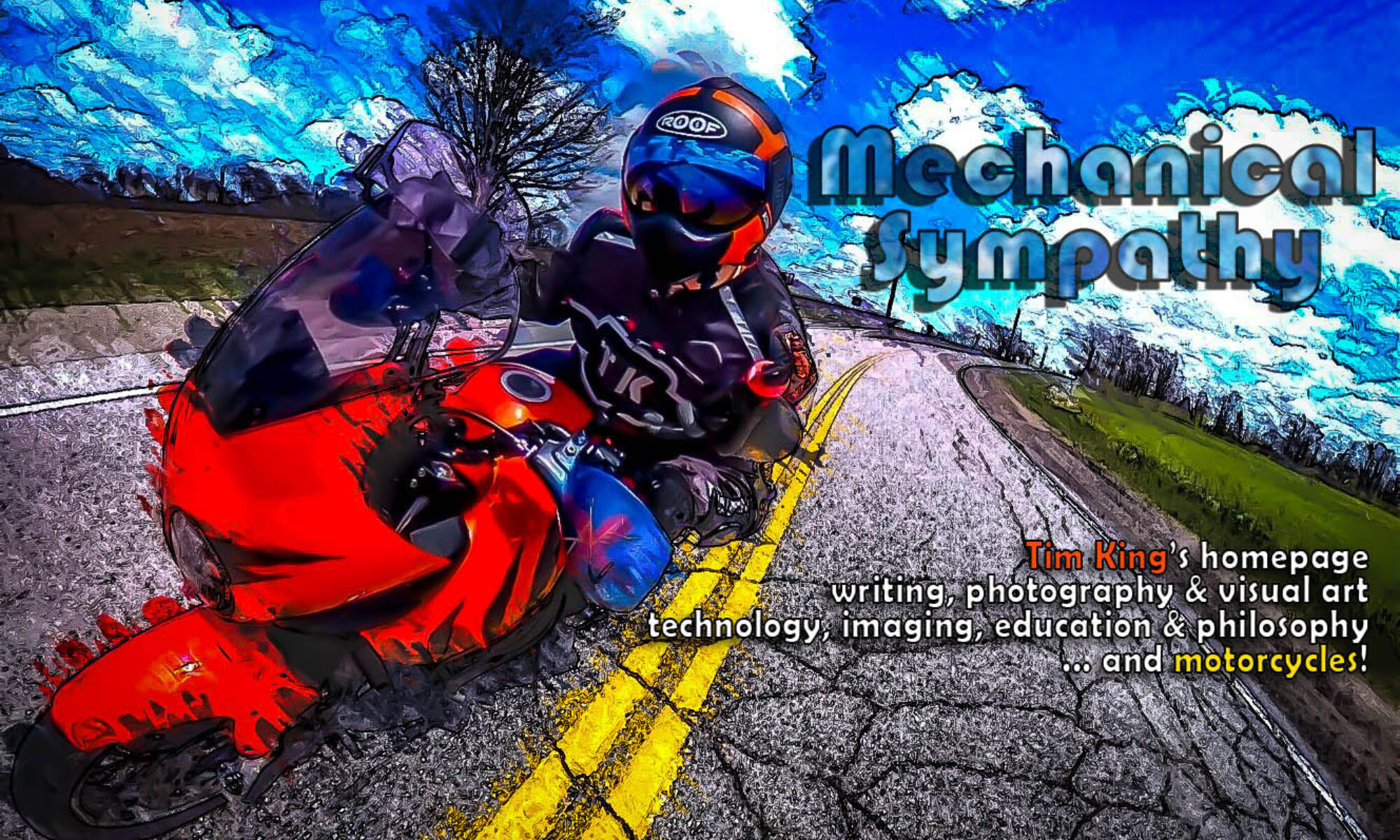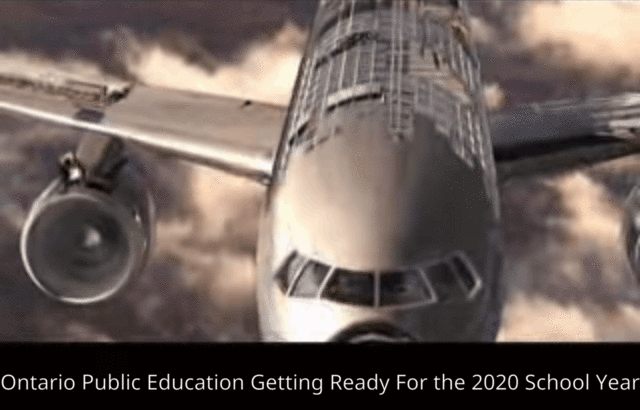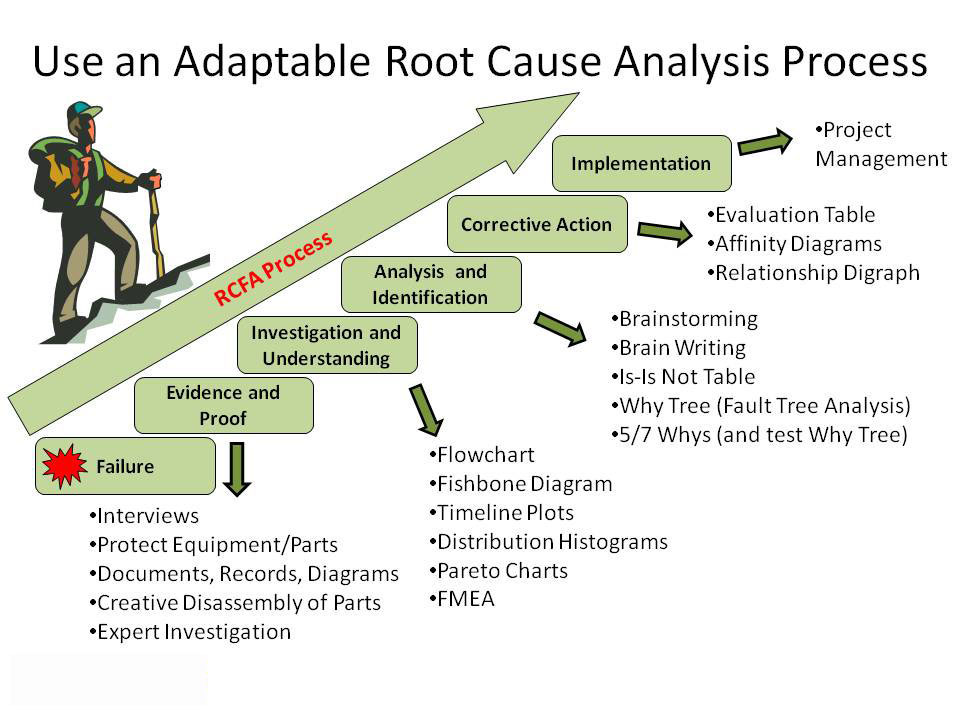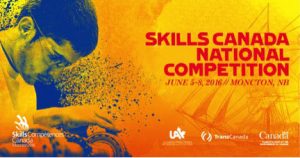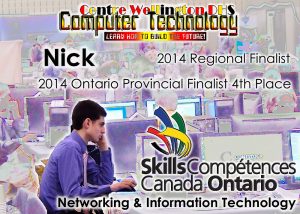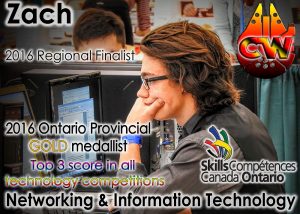 I stumbled across this interesting article on curiosity and the neuroscience associated with it:
I stumbled across this interesting article on curiosity and the neuroscience associated with it:
“Encourage students to chase their own interests, cultivate curiosity. It fires up brains and makes them better at remembering new information. It also engages students in the best possible way.”
“When we’re hungry for answers, our brain activity changes in ways that help us retain new information. For one, the curious mind engages processes and brain regions associated with anticipating a reward. We want to learn more because the answers are satisfying. In addition, the hippocampus, a memory hub, ramps up activity, preparing to store information. The more we want to know an answer, research suggests, the more memorable it becomes.”
If you’re not a teacher and are a big fan of the new Ontario government’s ‘teach ’em like we used ta‘ approach to learning, this is what we call pedagogy. There is a lot of neuroscience that directs modern pedagogy in the classroom. Put in simple terms, we don’t just make this stuff up; the education system spends a lot of time and effort understanding how learning works best and then training teachers to work with that. Scientific research guides modern curriculum building, at least until right wing populist ideology dislodges it in Ontario.
Showing a teacher how curiosity can be used to amplify retention and encourage a focused approach to new knowledge acquisition is pure gold. I fear the ‘take it back to basics‘ stance of our new government means this neuroscientific research is ignored in favour of the conservative reductive approach of rote memorization and zero differentiation of instruction. It’s a common conservative belief that everyone (especially in the public sector) needs to suffer in order to show they are trying, but don’t expect anyone to learn anything in an environment like that. Contrary to this grossly simplified view of education (in that case advocated by an American with no teaching experience), we’re not in it to punish anyone. You don’t learn well when you’re being subdued. You don’t teach particularly well in those circumstances either.
Some other gems in from that article:
“teachers can be models of how to be comfortable with uncertainty”
“When we’re hungry for answers, our brain activity changes in ways that help us retain new information. For one, the curious mind engages processes and brain regions associated with anticipating a reward. We want to learn more because the answers are satisfying. In addition, the hippocampus, a memory hub, ramps up activity, preparing to store information. The more we want to know an answer, research suggests, the more memorable it becomes.”
***
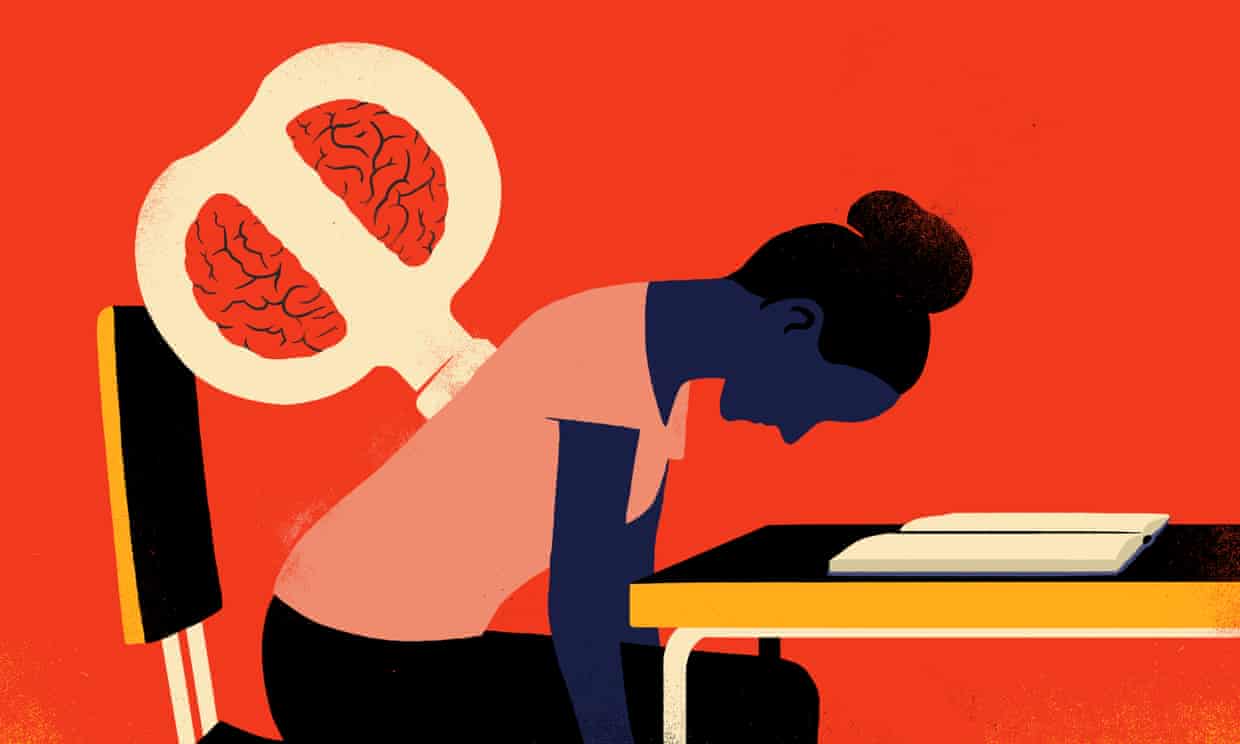 An interesting connection with that piece on curiosity and information retention was this article in The Guardian about the age of skim reading. The author draws some interesting connections between Western society’s rise of populist regimes and the new lack of empathy and critical analysis in the population:
An interesting connection with that piece on curiosity and information retention was this article in The Guardian about the age of skim reading. The author draws some interesting connections between Western society’s rise of populist regimes and the new lack of empathy and critical analysis in the population:
“The subtle atrophy of critical analysis and empathy affects us all. It affects our ability to navigate a constant bombardment of information. It incentivizes a retreat to the most familiar silos of unchecked information, which require and receive no analysis, leaving us susceptible to false information and demagoguery.”
If you’re wondering why we’re suddenly faced with these shocking politicians who seem out of sync with the world around them, it isn’t them that’s out of sync, it’s you (if you’re reading this you aren’t the new normal). The conservative ‘you must suffer to pay the private sector’s bills‘ thinking plays nicely with the lack of patience, empathy and curiosity we’ve been cooking for the past fifteen years in the incessant digital noise of the attention economy. It’s easy to blame this on information and communication technology, but the tech itself has allowed us to make enormous scientific and technical advances. Smart people have leveraged it to great advantage It’s the attention economy that grew out of it that is causing problems for everyone else.
 I’m a big fan of digital tools, but we’ve done almost nothing to actually learn how they work so we can use them effectively and without compromise. In the past decade education systems around world have handed off control of our online learning environments to advertising companies like Google who have monetized everyone’s attention. You don’t get the same return on investment if you don’t keep your users in a permanent state of data churn. You do that by designing systems that encourage short attention data churn. Every time we accustom a student to that environment we’re training the attention economy’s future users, whether they’re actively advertising to them or not. As education systems become complicit in preparing our children for the vapid attention economy, many of their parents don’t notice because their noses are in a phone too. Our political circumstances are a direct result of us all being immersed in this nasty mess.
I’m a big fan of digital tools, but we’ve done almost nothing to actually learn how they work so we can use them effectively and without compromise. In the past decade education systems around world have handed off control of our online learning environments to advertising companies like Google who have monetized everyone’s attention. You don’t get the same return on investment if you don’t keep your users in a permanent state of data churn. You do that by designing systems that encourage short attention data churn. Every time we accustom a student to that environment we’re training the attention economy’s future users, whether they’re actively advertising to them or not. As education systems become complicit in preparing our children for the vapid attention economy, many of their parents don’t notice because their noses are in a phone too. Our political circumstances are a direct result of us all being immersed in this nasty mess.
One of the first casualties of new media has been long form reading:
Alanna is teaching a senior creative writing class for the first time in a long time and she is shocked by what the new normal is. You can expect grade twelves, even academically focused ones intent on university, to have never read a book for pleasure. In some cases they’ve never read a book at all. Their days are spent in the bite sized, simplistic cesspool of the internet. They don’t have the patience to let a narrative develop. The building of suspense frustrates them. They live in a world of fleeting introductions immediately followed by puerile climaxes designed to hold on to them for a moment before their attention wanders to the next distraction.
Long form reading isn’t impossibly difficult, but it isn’t a natural human skill, we have to learn it. In doing so we enjoy a richness of shared experience impossible to get any other way. This leads to the empathy we’re struggling to keep alive in modern society. It also leads to a richer internal world where you have the vocabulary and shared experience to express yourself succinctly. If you’re reduced to expressing your deepest thoughts in internet memes, what a sad and dimensionless mind you must feel trapped in. How much curiosity can you generate if you live in a world of instant, short term satisfaction?
In our ongoing social experiment I’m curious to see how this all plays out. We introduced digital technologies that have revolutionized science, education, finance and communications, allowing us to take huge steps forward in terms of efficiency and collaboration. A small group of sociopaths then used this technology to create an attention economy that has actually damaged our democratic institutions and the minds of the general public itself. We find ourselves in a place where improbable governments suddenly have power and the people who voted them there have neither the ability nor the inclination to actually learn about why this is a bad idea. We’ve weakened our ability to empathize and connect with each other, all ironically under the name of social media. It seems this reductive process isn’t finished yet. With short sighted apathetic government being put into power by an increasingly illiterate, distracted and stressed populace, I’m left wondering just how low we can go.
LINKS
https://www.theguardian.com/commentisfree/2018/aug/25/skim-reading-new-normal-maryanne-wolf skim reading
https://www.theglobeandmail.com/opinion/article-its-time-ontario-education-got-back-to-basics/ an american with no teaching experience tells us how to teach
https://hechingerreport.org/piqued-the-case-for-curiosity/ curiosity
http://www.fordnationlive.ca/watch_doug_s_plan_to_fix_ontario_s_education_system_by_respecting_parents_and_getting_back_to_basics
discovery math – isn’t a thing, back to basics means what? what are basics? perhaps code for an excuse to eviscerate a successful system?
https://twitter.com/acampbell99/status/1034627621559181312 teachers arguing pedagogy online.
https://www.theglobeandmail.com/opinion/article-in-the-ongoing-math-wars-both-sides-have-a-point/?cmpid=rss&utm_source=dlvr.it&utm_medium=twitter
math wars – see below, Canada is top ten in the world in maths.
***
Just a reminder, Ontario is Canada’s largest education system and Canada is consistently near the top of the world in terms of reading, science and maths.
But don’t let those facts get in the way of your politics:
https://www.businessinsider.com/pisa-worldwide-ranking-of-math-science-reading-skills-2016-12
Ignore all the single-party authoritarian countries at the tops of those lists – they only put forward their top students for assessment. Western systems put their whole populations forward.
https://www.theguardian.com/us-news/2018/sep/07/us-education-spending-finland-south-korea
“In Ontario, which educates 40% of Canada’s students, nearly 30% of the province’s population are immigrants. According to the 2015 Pisa exam results, Ontario scored fifth in the world in reading. Children of immigrants perform compatibility with their peers with Canadian-born parents in educational achievement.”
Ontario’s education systems is one of our most successful exports, but you wouldn’t know that from listening to the new government. Private schools around the world use the Ontario Curriculum that they just started dismantling. Ontario trained teachers are teaching across the planet because they are Ontario qualified. If our education system were a private enterprise it would be held up as a paragon of success. Remember that in the coming months.
from Blogger https://ift.tt/2QT134r
via IFTTT
